There are many questions that need to be asked and answered by both the designer to the client and vice versa when it comes time to put up a website. I’m going to go over what I feel are the most important here and they come from years of asking clients about their needs and wants as well as my clients’ questions about how all this web development works.
1. WHAT’S THE PURPOSE OF THIS WEBSITE?
(Me to client)
This is one of if not the first question I ask a client- why do they need a website and what do they want the site to do for them and their business. This usually sets the overall tone from there on and allows me the ability to bring the discussion back to the purpose of the site. Also, once the purpose of the site is established, then that information sets the guidelines for the overall message of the site. Are they selling a product? Is this a service they are selling? Is the message to donate to a worthy cause? This important detail fine-tunes the home page “mission statement” and calls to action. It also lets the visitor know within seconds what this site is all about. Because I have a marketing background I see the landing page/home page primarily as an ad and as such, I believe it should have immediate graphic visual impact followed by a strong headline and sub-copy that makes the reader want to go deeper and find out more about this product or service.
2. WILL WE BE ABLE TO UPDATE THE WEBSITE OURSELVES?
(Client to Me)
This question is asked more and more these days and because there are very good CMS (content management systems) available on the web, clients are able to edit and create new content much easier and with very little web coding knowledge. When a client asks me this I usually tell them if they want that ability I would suggest a WordPress Themed site as that platform enables easy updates and edits once the site is fully developed. I usually give my clients a short tutorial in writing and walk them through the process so it becomes seamless for them. Of course, there are times when I am asked to handle situations that may be out of the client’s ability on a given page or post.
3. HOW MUCH WILL THIS WEBSITE COST?
(Client to Me)
That can be a very loaded question depending on variables such as eCommerce and other functions the client needs the site to perform. An average site these days costs around $5,000 and can go upwards very easily when customization is asked to be implemented into the site. Again, questions such as “will you be selling items on the site” will give us an idea of whether eCommerce needs to be used. PayPal is also a very inexpensive way to get eCommerce started but they charge a fee that will need to be considered by the client. Some sites need to have security using logins and passwords to secure areas of the site and that needs to be considered as well. When the client asks for a price there are questions that need to be clarified in advance such as how many pages will the site have, eCommerce, do you want to have a blog and many others in order to give a proper estimate.
4. WHAT WILL MY WEBSITE LOOK LIKE ON MY PHONE?
(Client to Me)
Because the greater population is using their mobile devices to search and view the web, a few years ago some of if not most of the web platforms used to develop websites started incorporating code that enabled the web pages to conform to whatever device it was being viewed on. It’s called “Responsive Design” and you see it almost all the time when you look at a site on a desktop computer and then look at the same page on your tablet or mobile phone. The responsive code pushes all the content into a column the width of the device and keeps the content at a size that’s easy to see and read. Whenever you come across a site you have to enlarge to read the text there’s a very good chance it’s not a responsive design website.
5. HOW WILL MY CUSTOMERS FIND MY WEBSITE?
(Client to Me)
An excellent question and at this point, I ask the client again to clarify the goal and message of the site. Once that is done, I explain SEO 101 (Search Engine Optimization) and we talk about how their message has keywords and key phrases that people are searching for all the time on Google and the other search engines. The site must have content that has those keywords and phrased sprinkled all through the copy so when they are searched for, those pages will come up in the list of answers for the person looking for that information. Photographs (images) need to be tagged with appropriate words as well to be found. There are many other ways to get noticed on the web such as blogging articles of interest about what you do and your industry. News items of interest and announcements are also very helpful. It’s also a very good idea to spread your word(s) across social media sites on a regular basis.
6. HOW MUCH NAVIGATION SHOULD THERE BE ON THE WEBSITE?
(Client to Me)
The real answer to that question is another question: Is it easy to navigate the site and find items of interest quickly? There are basic pages that have become somewhat of a standard such as the Home page, About and Contact pages. The home page sets the stage so to speak and delivers the message and goal of the site. The about page tells the visitor more about who is behind all this info. Nad the Contact page is a must as you want to make it very easy for visitors to send you a message. After those pages it’s time to see what really must be on the navigation and if there are any – submenu items. The organization is key. A blog for articles of interest is also very good to have and it can be called News or a Blog. Breadcrumbs on pages also enable visitors to know what pages they came from in order to backtrack if desired.
I’ve decided to make this post/article a living breathing one which means I’ll be adding to it over the next few days, weeks, and months. There are many, many items and asked questions that can and will be added to these above. Come back and check from time to time and see what else I’ve added. And, let me know what you think of these and also ask me questions I can hopefully answer and add to the article. Thanks for stopping by.

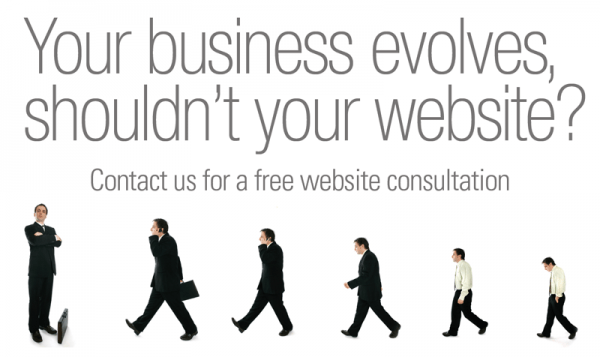



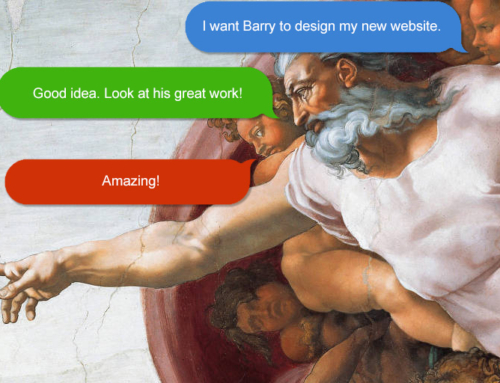
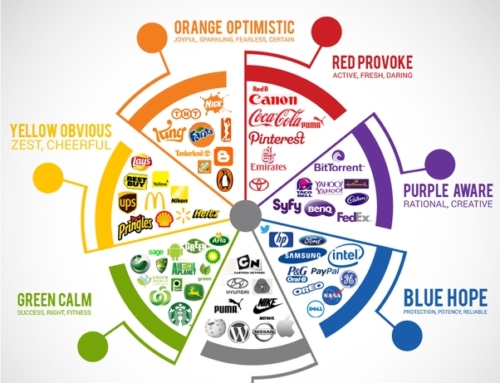
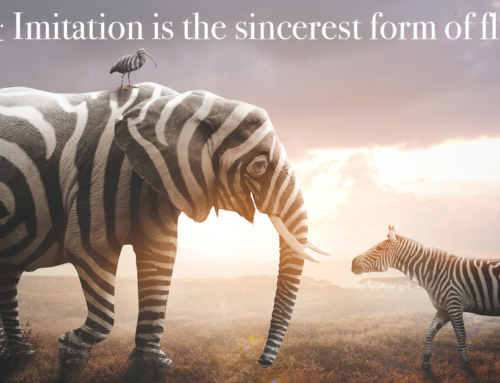
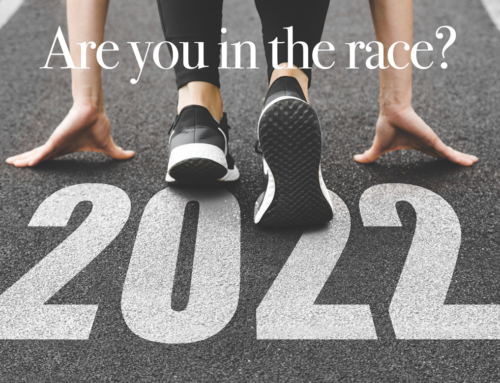

Leave A Comment
You must be logged in to post a comment.